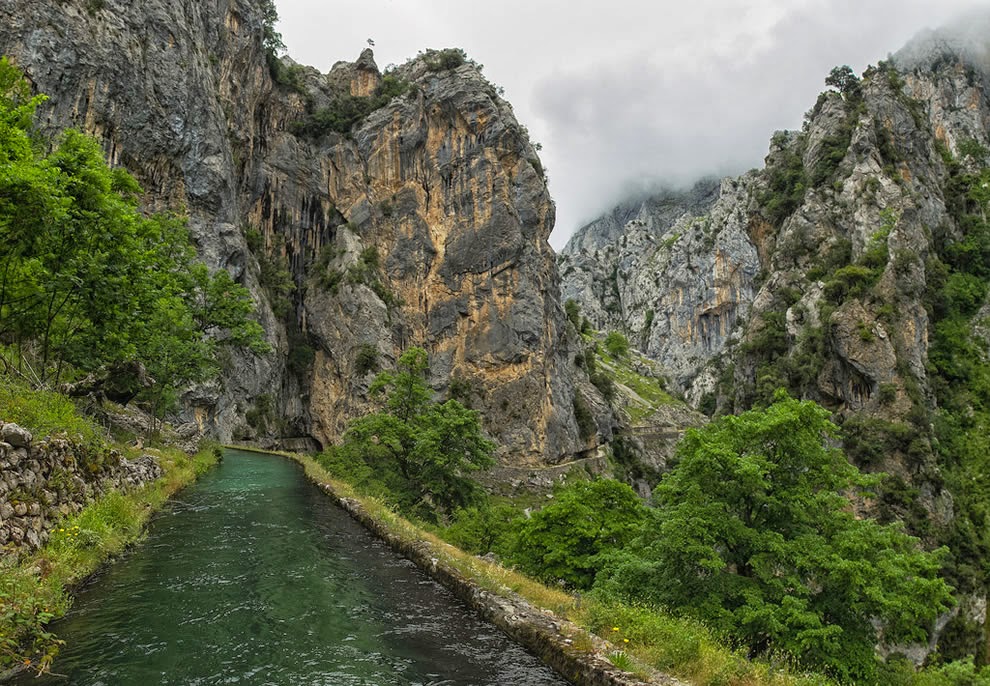Fort Zverev is situated on the
shores of the Baltic Sea in northern Kronstadt lies completely ruins nowadays. But
Fort Zverev tranquil inspires the imaginations of tourists to the artificial
island, just north of Kronstadt, nearby St Petersburg, where the remains stand
overlooking the sea. Fort Zverev was actually built in the middle of 18th
century (1860s) by engineer Konstantin Zverev. Later on, Fort named was
associated with him in order to strengthen the northern fairway of Gulf of
Finland. The Zverev fort had a mushroom shape with curved ceiling a new design
different from all Konstantin Zverev had built before. Zverev Fort was successfully
applied asphalt as a building material completely floors was covered with
natural asphalt solution, and this was first in Russia at that time. In the
start of 20th century the fort was transformed into sea mines
warehouse and ammunition dump, and continued to remain on duty long after World
War II ended and used as military training and practical shooting.
In 1970’s the fort was described
as 'hell on earth' the rusting bunker was destroyed by a savage fire that tore
through the structure and blaze ignited with massive fire and spread to engulf
a network that raged for many weeks and tThe blast swept through the basement,
sparking an uncontrollable inferno as the fuel lit and fire finally subsided and
fort cooled down enough to enter in the basement, which was entirely
unrecognizable the smooth chamber walls once stood, a dark and rough cave was
left in its wake. The inferno was too much hot that it factually melted the
bricks above which dripped down like stalactites. It’s was not figured what
kind of material fueled the fire but from the nature of the damage, it was apparent
that it was something that burned penetratingly hot. Even though normal
household fire, strong brick does not melt, and requires too much temperature
perhaps less than 1,800 degrees centigrade.
For comparison, a large gasoline
fire produces temperature of around 1,100 degrees. Various speculates that the
Russians were testing a innovative kind of weapon perhaps a high phosphorus
containing compound alike to napalm that burned which is reaching temperatures of 2,000C, the fire was
so hot the brick walls and ceiling melted, leaving strange icicle-like
formations hanging from the ceiling. According to another version, the fort was
a cesspool of lubricants and decommissioned ammunition, bilge water and waste
from ships that was accidentally set fire by careless tourists. But actual truth
will never be known. Source: Charismatic Planet















































